Archives
- 2025-12
- 2025-11
- 2025-10
- 2025-09
- 2025-03
- 2025-02
- 2025-01
- 2024-12
- 2024-11
- 2024-10
- 2024-09
- 2024-08
- 2024-07
- 2024-06
- 2024-05
- 2024-04
- 2024-03
- 2024-02
- 2024-01
- 2023-12
- 2023-11
- 2023-10
- 2023-09
- 2023-08
- 2023-07
- 2023-06
- 2023-05
- 2023-04
- 2023-03
- 2023-02
- 2023-01
- 2022-12
- 2022-11
- 2022-10
- 2022-09
- 2022-08
- 2022-07
- 2022-06
- 2022-05
- 2022-04
- 2022-03
- 2022-02
- 2022-01
- 2021-12
- 2021-11
- 2021-10
- 2021-09
- 2021-08
- 2021-07
- 2021-06
- 2021-05
- 2021-04
- 2021-03
- 2021-02
- 2021-01
- 2020-12
- 2020-11
- 2020-10
- 2020-09
- 2020-08
- 2020-07
- 2020-06
- 2020-05
- 2020-04
- 2020-03
- 2020-02
- 2020-01
- 2019-12
- 2019-11
- 2019-10
- 2019-09
- 2019-08
- 2019-07
- 2019-06
- 2019-05
- 2019-04
- 2018-11
- 2018-10
- 2018-07
-
The Penicillium strain used in
2021-06-19

The Penicillium strain used in this work was isolated from Atlantic forest soil and previously screened as lipase producer (Tauk-Tornisielo et al., 2005). The immobilization was previously evaluated using hydrophobic supports, i.e. agarose based butyl-(But), phenyl-(Phe) and octyl-Sepharose (Oct), a
-
br Disclosures br Acknowledgements This work was
2021-06-19

Disclosures Acknowledgements This work was supported by the Natural Science Foundation of China (No. 81560587); the Fok Ying-Tong Education Foundation of China (No. 151107), the basic ability promotion project for young and middle-aged teachers in Universities in Guangxi (No. 2018KY1146) and t
-
betamethasone celestone br Introduction Esophageal squamous
2021-06-19
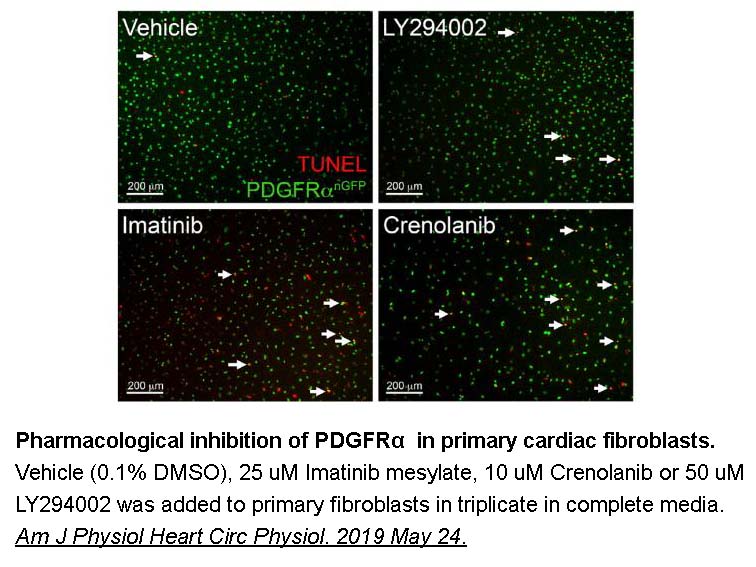
Introduction Esophageal squamous cell carcinoma (ESCC) is one of the most common types of cancer in East Asia and is a leading cause of cancer-related death worldwide.1, 2 Surgery is widely used for treatment in localized disease, where it can provide definitive management and potential cure. Tre
-
When six chemical inhibitors were incubated with TRB
2021-06-19
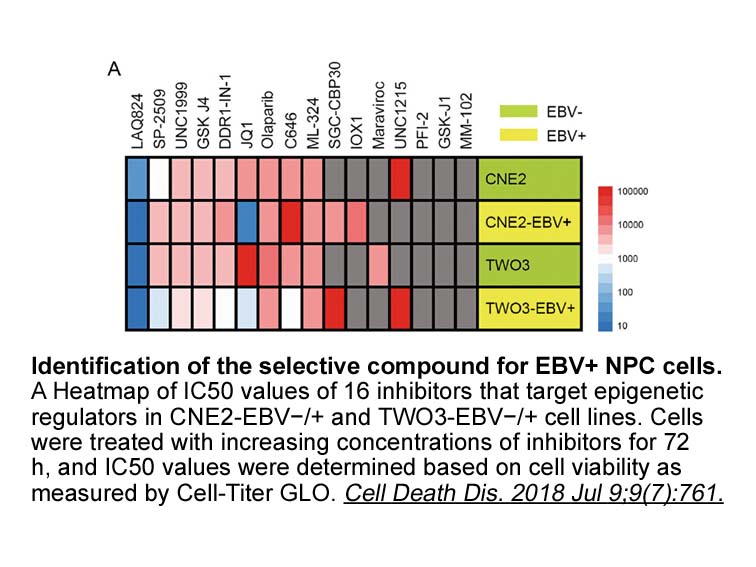
When six chemical inhibitors were incubated with TRB or TRC and human liver microsomal preparation, HLM2, the results showed that ketoconazole (a CYP3A4 inhibitor) was very effective in inhibiting 4β-C hydroxylation of TRB and TR, whereas sulfaphenazole (a CYP2C9 inhibitor) and quinidine (a CYP2D6 i
-
While PRRSV has been recently shown
2021-06-19

While PRRSV has been recently shown to induce SGs, the exact nature of SG formation and its underlying mechanism of regulating antiviral immune response during PRRSV infection remain unclear (Zhou et al., 2017). Formation of PRRSV-induced SGs was observed in MARC145 trans-AUCB (Chen et al., 2018) a
-
br Materials and methods br Results and discussion
2021-06-19
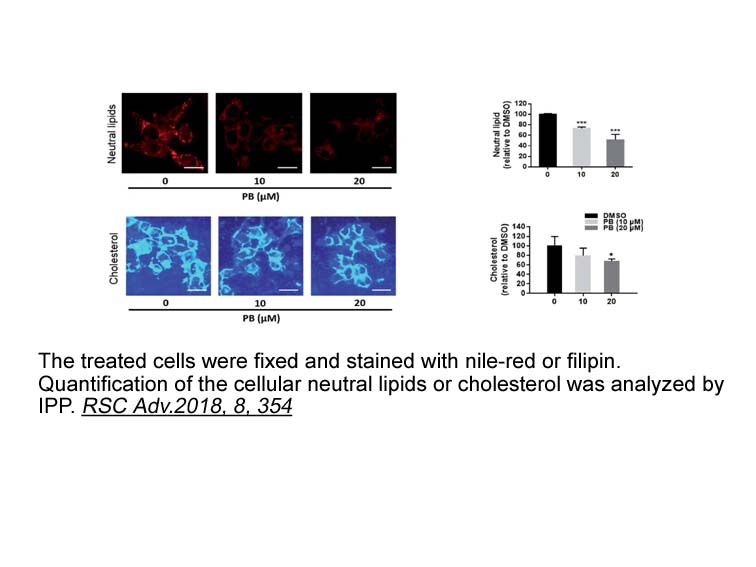
Materials and methods Results and discussion Conflict of interest Acknowledgments This work was supported by grants from National 973 Project (2015CB755700) and the Doctoral Starting up Foundation of Henan University of Science and Technology (13480033). Introduction Progression thro
-
br Results and discussion br Conclusion In the current study
2021-06-19

Results and discussion Conclusion In the current study, a series of novel ‘open-chain’ classes of E. coli PDHc E1 inhibitors, N-acylhydrazone pyrimidine derivatives A, B, and C were designed and synthesized. As novel ThDP analogs, all A displayed moderate to powerful inhibitory activity with I
-
The synthesis of compounds a and b are outlined
2021-06-19
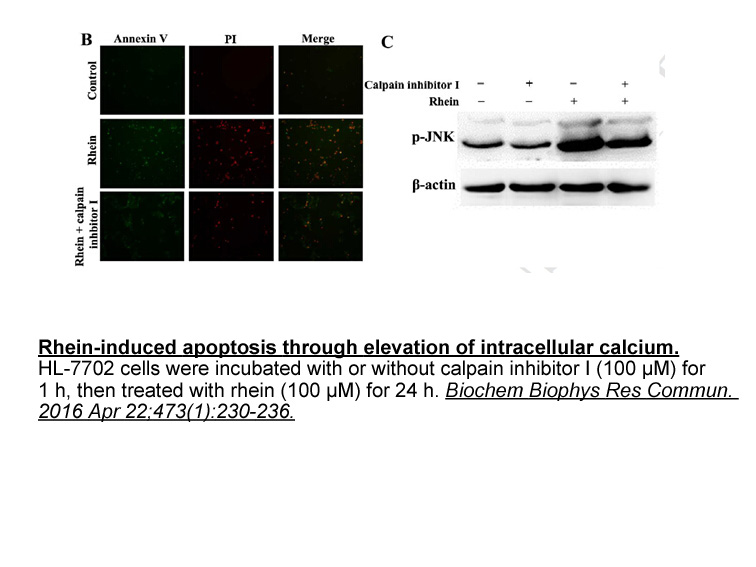
The synthesis of compounds 7a and 7b are outlined in Scheme 2. Compound 5 was obtained by di-tert-butyl pyrocarbonate protection of prostaglandin e1 4a. Then, compounds 6a and 6b were obtained by amination of the fluoride with a morpholino and dimethylamine, respectively. Target compounds 7a and 7b
-
We also observed reduced insulinotropic effects after
2021-06-19

We also observed reduced insulinotropic effects after intravenous administration of both GLP-1 and GIP with atropine, whereas no inhibition was observed by atropine of the direct effects of GLP-1 and GIP action on beta-cells in the islet experiments. This suggests that the reduction in circulating i
-
br Concluding remark br Acknowledgements br Detection and re
2021-06-19
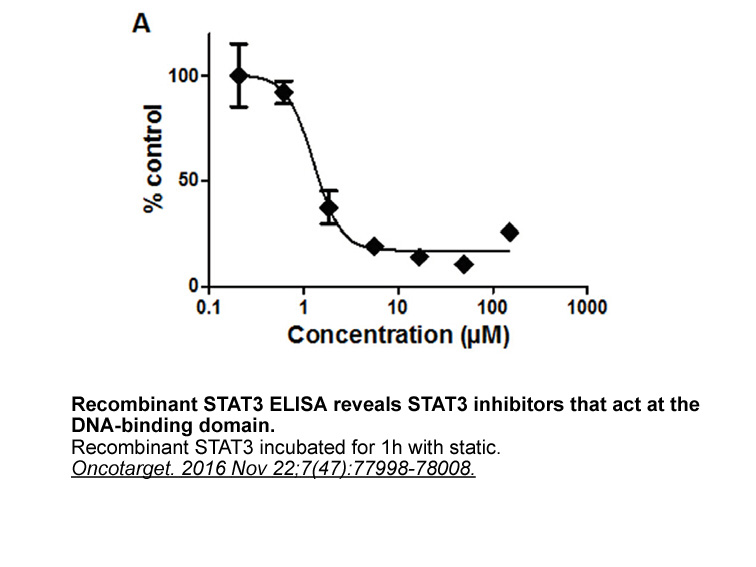
Concluding remark Acknowledgements Detection and repair of the numerous, and potentially lethal, DNA lesions arising in human SKI II daily is largely mediated by an efficient system collectively termed the DNA-damage response (DDR). Paradoxically, DNA-repair processes within cancer cells al
-
br Acknowledgment This work was supported by the Estonian Sc
2021-06-19

Acknowledgment This work was supported by the Estonian Science Foundation (Grant ETF8862). Introduction In higher eukaryotes ionizing-radiation (IR) induced DNA double-strand breaks (DSB) are primarily repaired by the non-homologous end joining (NHEJ) pathway [1]. Ku, a heterodimeric protein
-
Tamoxifen is included in the treatment
2021-06-19
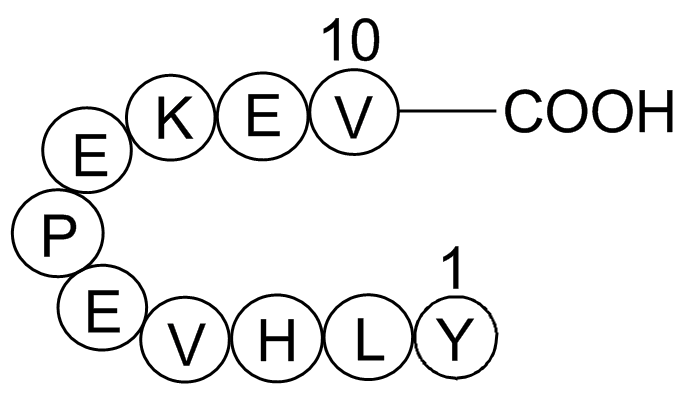
Tamoxifen is included in the treatment protocol of ER+ breast carcinoma patients routinely. Although tamoxifen improves patients' survival, unfortunately a large number of ER+ patients don't response to tamoxifen treatment (Yager and Davidson, 2006). Detection of molecular markers which could take a
-
ApexPrep DNA Plasmid Miniprep Column Only mg The TELI result
2021-06-19
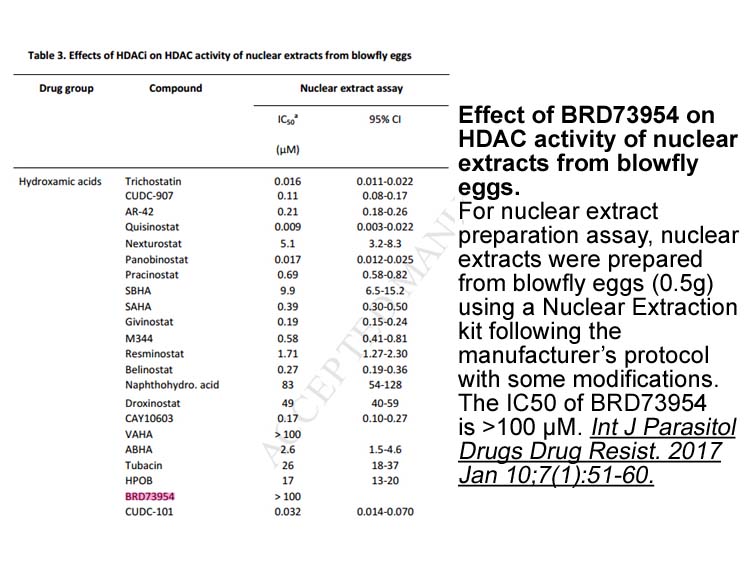
The TELI results of DNA damage responses to CAA and SO then informed our choice of bacterial strains in subsequent experiments. We investigated E. coli cellular survival in response to CAA and SO exposure by determining the sensitivity of a number of E. coli strains, each possessing single or multip
-
br Experimental Procedures br Acknowledgments The authors
2021-06-19

Experimental Procedures Acknowledgments The authors wish to thank P. Costet (University of Bordeaux) and Véronique Guyonnet-Duperat (FR TransBioMed, Plateforme de Vectorologie, University of Bordeaux) and Prof. Nils-Göran Larsson and Dr. Bettina Bertalan (Max Planck Institute for Biology of Ag
-
It is now widely known that blockade of CysLT receptors
2021-06-19
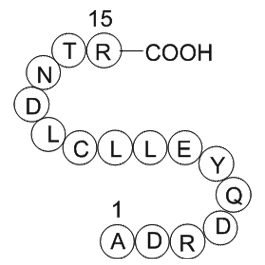
It is now widely known that blockade of CysLT1 receptors strongly inhibits antigen-induced bronchial contractions in specimens isolated from non-asthma subjects. However, this blockade is not complete as shown in the present study and in other literature.4, 15, 16 The results of the current study su
16445 records 655/1097 page Previous Next First page 上5页 651652653654655 下5页 Last page